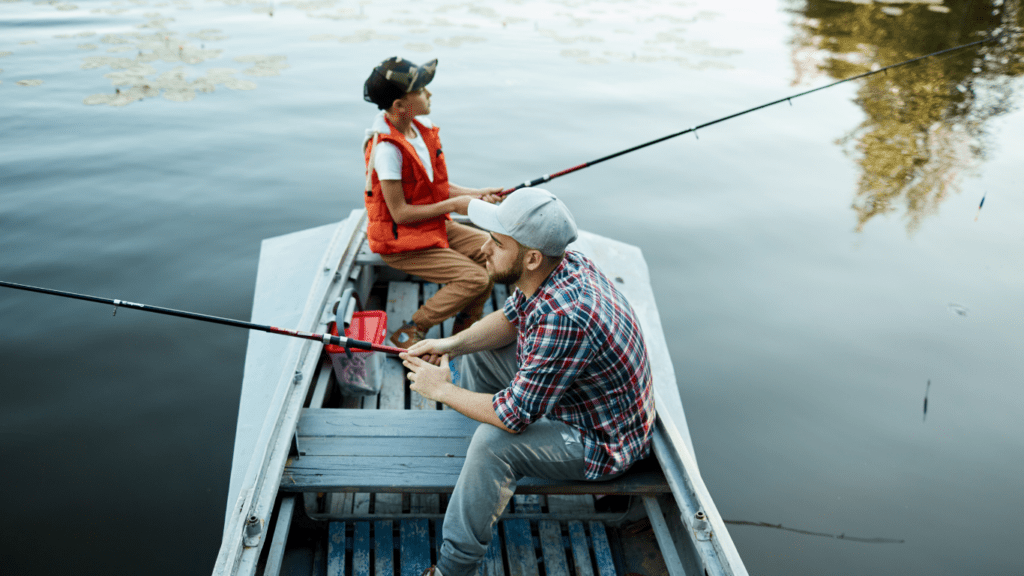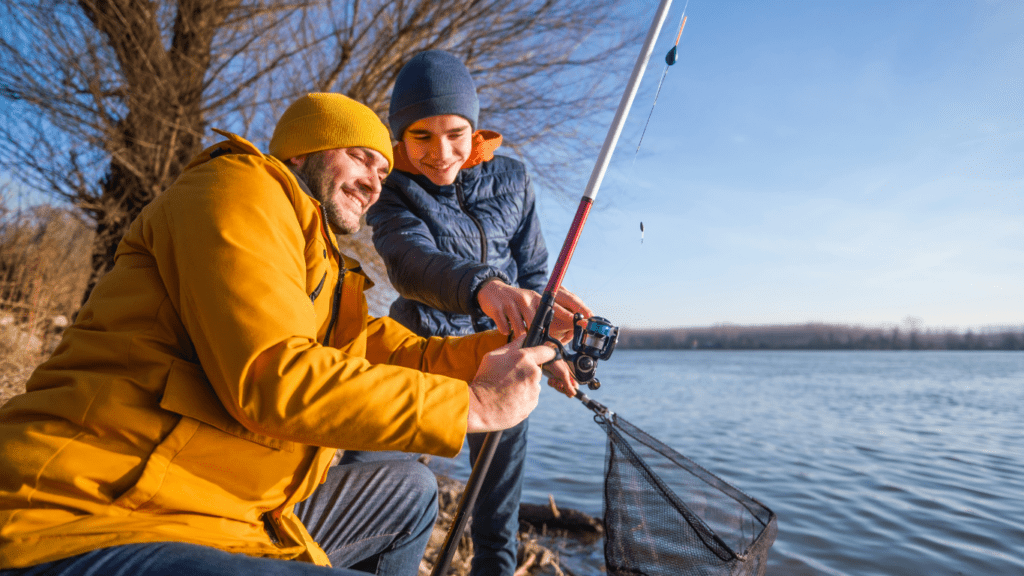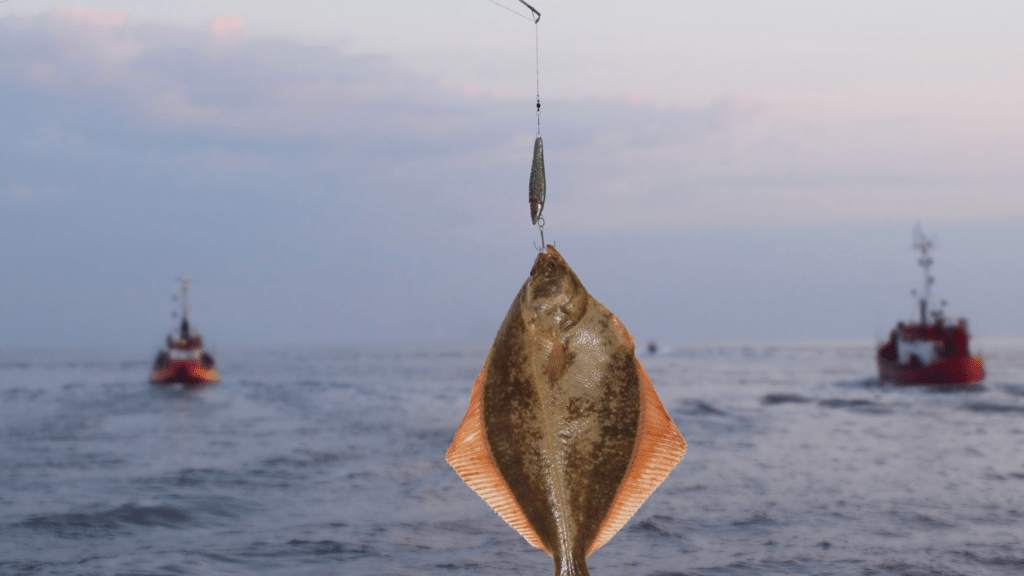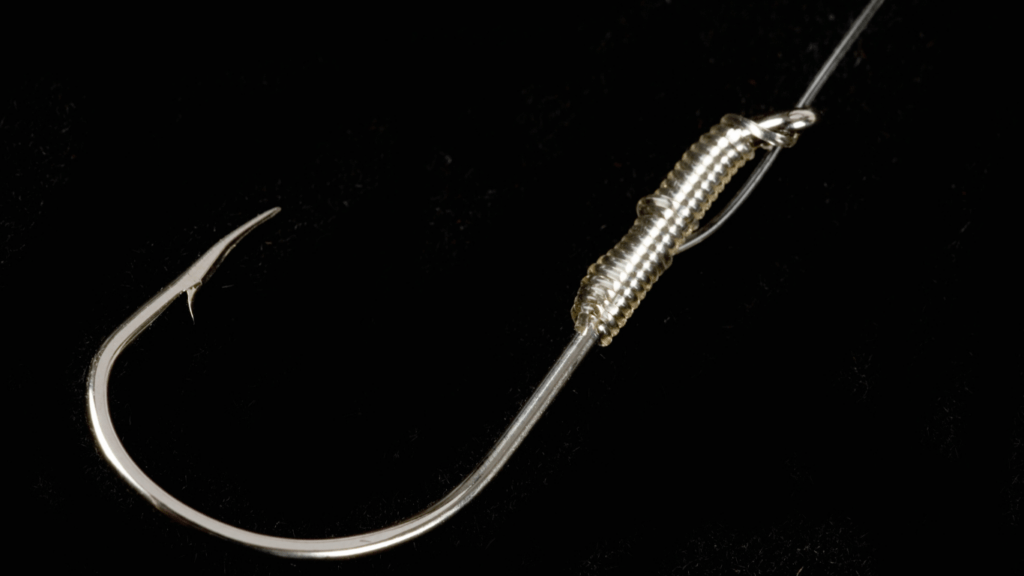Understanding the Basics of Fishing
To succeed in fishing, preparation and knowledge are key. Familiarity with essential gear and the fishing environment lays the groundwork for effective angling.
Essential Gear Every Angler Needs
Having the right gear enhances performance and prepares you for various scenarios. I always recommend these essentials:
- Fishing Rod and Reel: A medium-action rod paired with a spinning reel works well for beginners due to its versatility.
- Fishing Line: Monofilament lines of 6-12 lb test suit most freshwater fishing needs. Choose braided or fluorocarbon lines for specific conditions.
- Hooks and Baits: Include a mix of J-hooks and circle hooks, along with both live bait like worms and artificial lures such as spinners or jigs.
- Tackle Box: A compact and organized box stores your gear, including weights, swivels, and extra hooks.
- Pliers and Scissors: These help with cutting lines and removing hooks safely.
- Fishing License: Always check local regulations and carry the necessary license or permits.
Knowing Your Fishing Environment
Understanding your surroundings improves success rates. I study these elements before starting:
- Water Type: Freshwater lakes, rivers, and saltwater regions host different species that require tailored approaches. Know which type you’re fishing in and the fish species present.
- Seasons and Weather: Fish behavior changes with seasonal patterns and weather. For example, bass feed more actively in spring due to spawning, while clear skies may push fish deeper into the water.
- Depth and Structure: Locate drop-offs, weed beds, or submerged structures where fish take shelter or feed.
- Local Wildlife: Birds like herons often indicate a good fishing spot due to their reliance on fish as prey.
Planning according to the fishing environment helps me adapt my strategy and increases my chances of success.
Techniques for Freshwater Fishing

Freshwater fishing demands precise techniques to catch various species effectively. Mastering basic skills boosts success, particularly in diverse waters like lakes, rivers, and ponds.
Casting Methods for Beginners
Casting accurately is crucial for reaching target areas where fish congregate. For beginners, starting with an overhand cast simplifies learning. Hold the rod with a firm grip, position the reel button or bail arm, and swing the rod tip over your shoulder. Release the line mid-cast to land your bait with better control. Sidearm casting works well for confined spaces with hanging vegetation; keep the rod low and sweep parallel to the water’s surface for greater accuracy. Practice improves timing and placement in any method chosen.
How to Select the Right Bait
Effective bait selection aligns with fish species and local conditions. Live bait like worms or minnows is versatile, attracting species such as bass and bluegill. Artificial lures like spinners or soft plastics are ideal for mimicking baitfish. Match bait size and type to the fish’s diet. For example, use small jigs for crappie or larger crankbaits for walleye. Water clarity also influences bait choice; brighter colors stand out in murky water, while natural tones perform well in clear conditions. Adjust bait based on season and fish activity to maximize success.
Tips for Successful Saltwater Fishing
Mastering saltwater fishing requires targeted techniques and a strategic approach. Proper gear, environmental awareness, and timing are fundamental to boosting success.
Choosing the Right Tackle for Saltwater
Saltwater fishing demands equipment designed to withstand harsh conditions and larger fish species. I recommend using corrosion-resistant rods and reels, often made of materials like graphite or aluminum. Braided or monofilament fishing lines with a test strength of at least 20-30 pounds handle the challenges of strong currents and larger fish effectively. Hooks should be durable, such as stainless steel or coated variants, to resist rust, and I prefer circle hooks for improved hooksets with reduced harm to fish.
Using species-specific setups, like medium-heavy conventional rods for inshore species such as redfish and snook or heavier setups for offshore targets like:
- tuna
- marlin
maximizes efficiency. A properly equipped tackle box, stocked with versatile lures like poppers and jigs, along with live or cut bait options, prepares me for varied fishing scenarios.
Reading Tides and Water Currents
Understanding tidal patterns and currents guides me to productive fishing spots. High tides often bring fish closer to shore, while low tides concentrate them in deeper pockets. I time my trips around moving tides, taking advantage of rising or falling water levels that stimulate feeding activity.
I also monitor water currents, as predatory fish tend to follow baitfish carried by the flow. Positioning myself where currents meet, like eddies or channels, increases the chances of encounters with feeding fish. Accurate tidal charts and weather apps provide valuable data to optimize my fishing strategy.
Advanced Fishing Techniques
Advanced techniques refine skills and elevate success on the water. Fly fishing and catch-and-release methods require precision and in-depth understanding.
Fly Fishing Fundamentals
Fly fishing combines skillful casting and strategic presentation of artificial flies. I rely on lightweight rods, flexible reels, and specialized fly lines to simulate natural prey. Matching fly patterns to local insect activity is crucial; for example, I choose dry flies for trout during insect hatches or streamers for aggressive predatory fish.
Casting technique plays a vital role in fly fishing’s effectiveness. I use the overhead cast for distance in open waters and the roll cast when trees or structures limit motion. Proper handling of the line ensures the fly lands softly on the water, reducing disturbances that might scare fish.
Locating the right fishing spots enhances success. I target areas like riffles, eddies, and pools in rivers where fish often hide to conserve energy while awaiting food.
Mastering the Art of Catch-and-Release
Catch-and-release sustains fish populations while allowing anglers to enjoy the sport. I handle fish minimally using wet hands to prevent injuring protective slime coats. Tools like barbless hooks reduce stress when removing hooks.
Fight times should remain brief. Overexertion harms fish, so I use strong tackle to land them quickly. When releasing fish, I keep them in the water, ensuring proper orientation before gently letting them swim away. For species recovery after exhaustive fights, I regulate their movements to restore oxygen flow before release.
Understanding correct handling techniques safeguards fish ecosystems for future angling opportunities. Effective catch-and-release contributes to long-term sustainability.





